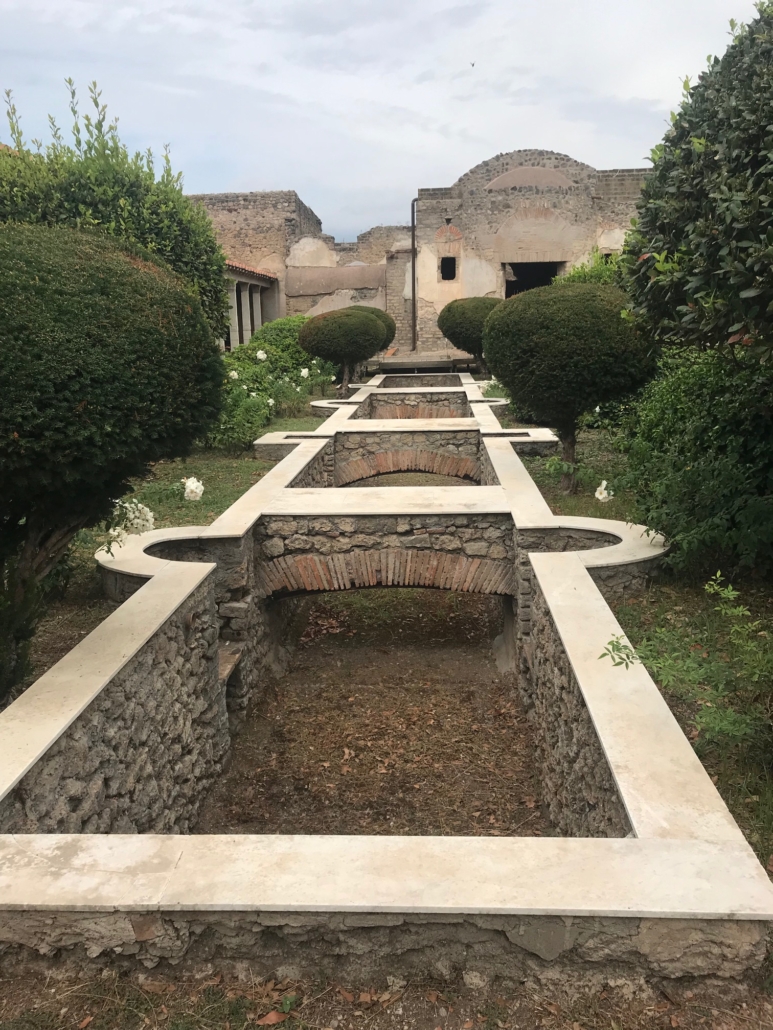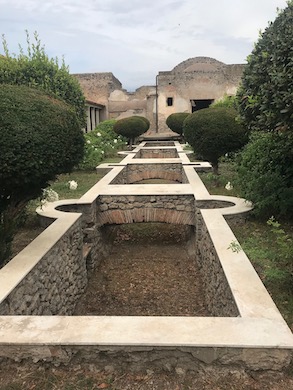
NEW YORK — Ancient Pompeiians lived a life many would dream of. The year-round pleasant climate encouraged them to spend much of their time outdoors. Dining al fresco was a favorite pastime, and most houses in Pompeii, particularly the extensive villas owned by the city’s elite, had their own gardens. Sited near the bay of Naples, the area was a prime hub for travel and trade. Yes, Pompeii rested in the path of Mount Vesuvius, an active volcano. Those who called the Roman colony their home made peace with that fact, until 79 A.D., when Vesuvius suddenly and infamously changed everything.


